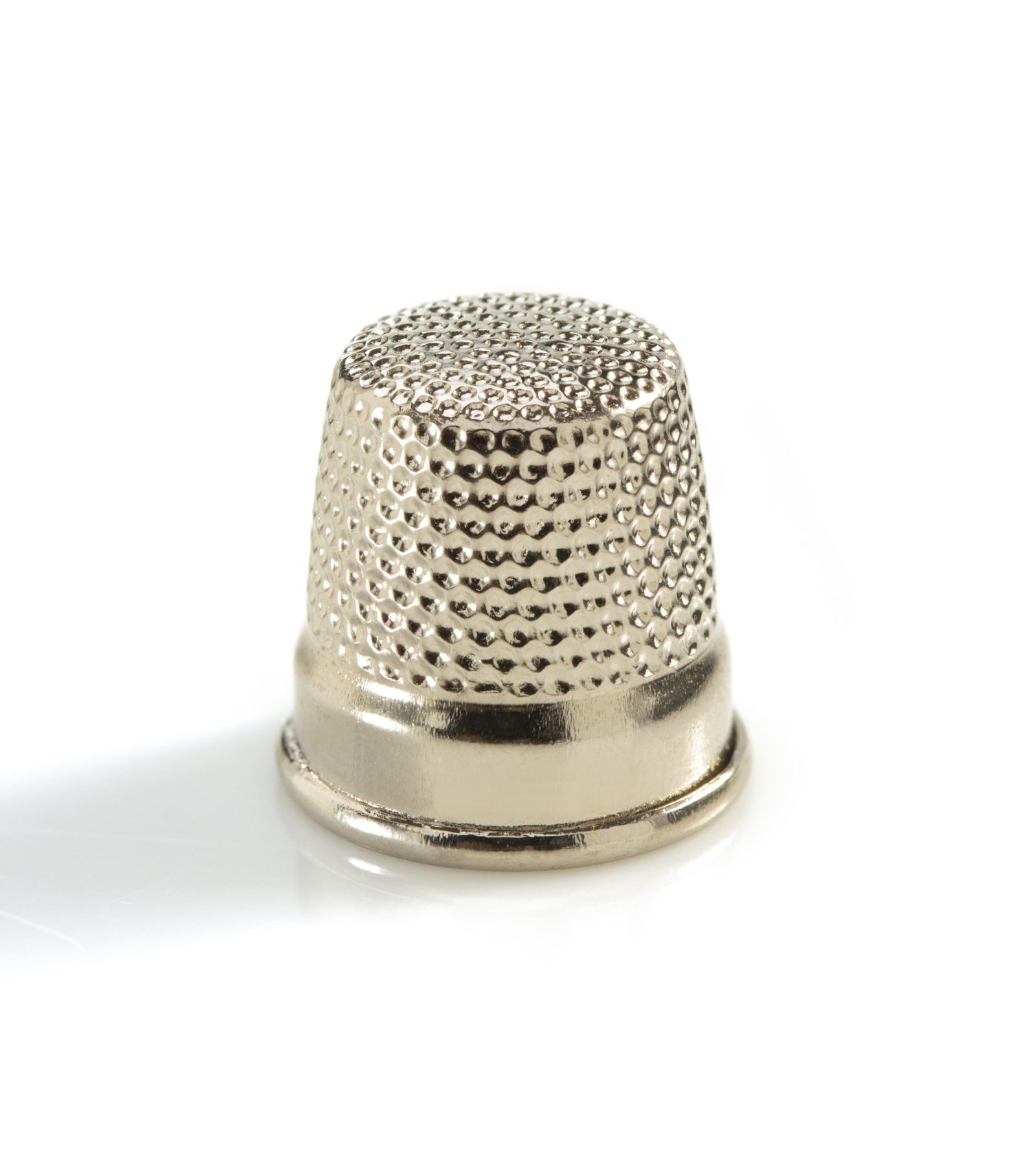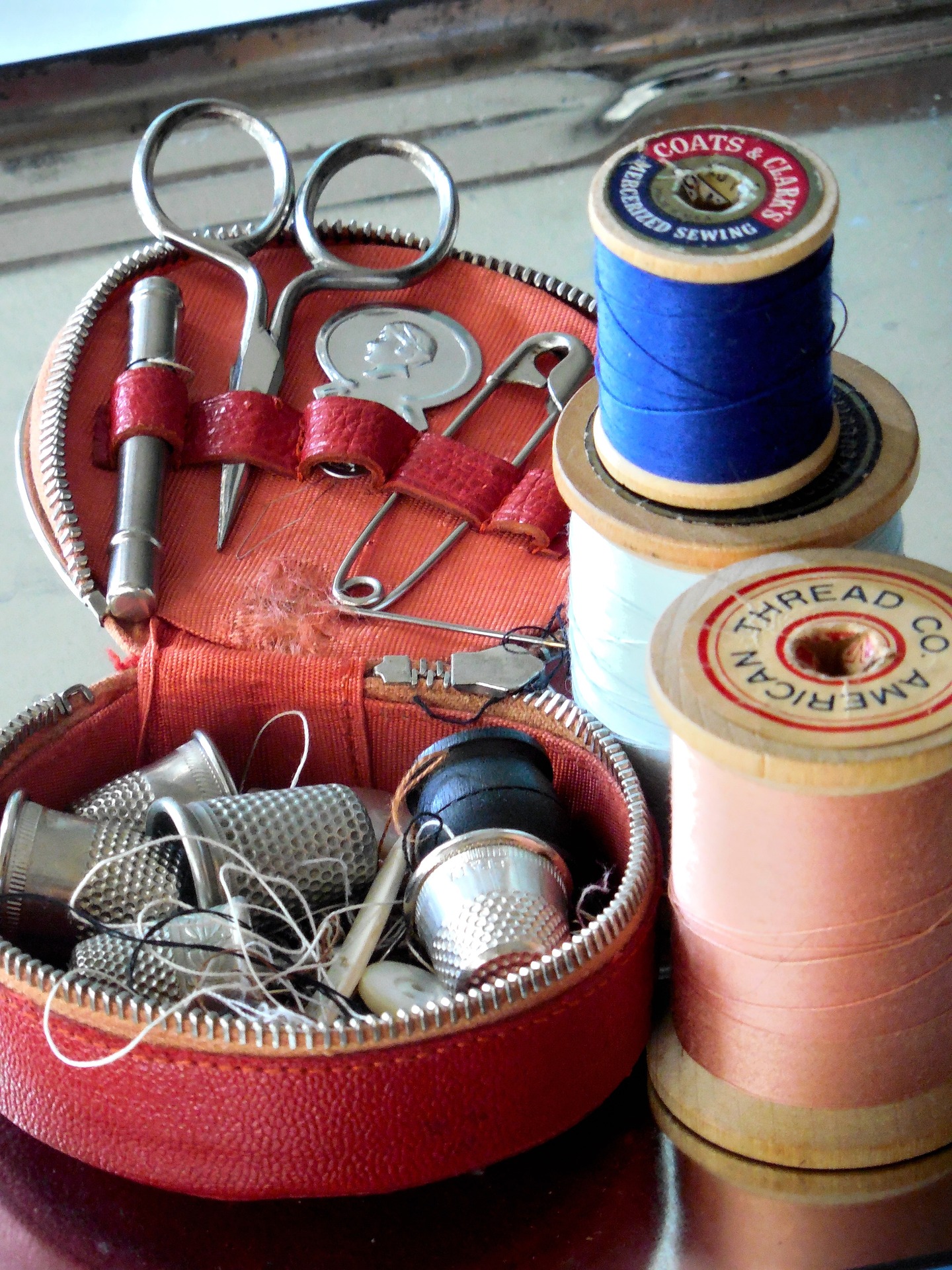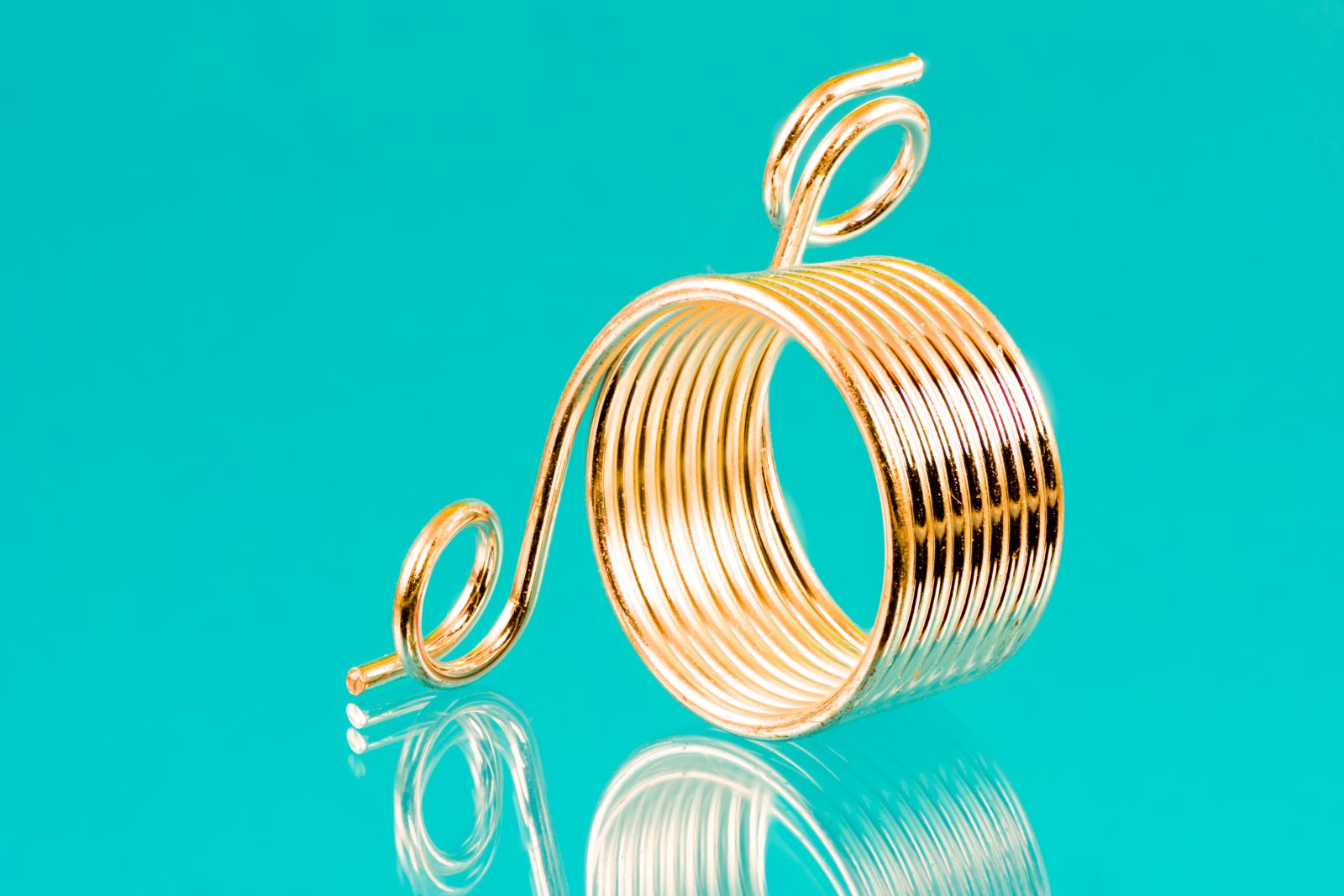
The thimble, while serving the universal purpose of protecting fingers during sewing, has manifested in a remarkable array of designs across different cultures and historical periods. These variations are not arbitrary; they often reflect the specific sewing techniques, materials available, and aesthetic preferences unique to each region. Exploring these global threads reveals the intricate relationship between craft traditions and the humble thimble.
China: The Ring’s the Thing
In China, the earliest known thimbles, dating back to the Han Dynasty (206 BC – 220 AD), took the form of rings with a dimpled surface. These rings, typically made of bronze, brass, or silver, were worn on the finger and used to push the needle through fabric. The open-tipped design bears a striking resemblance to modern tailor’s thimbles, suggesting a long-standing tradition of this style in the region. The use of thimble rings subsequently spread to the Middle East along with the burgeoning silk trade.
The Middle East: From Rings to Caps
As the thimble ring traveled westward into the Islamic world of the Middle East, its form began to evolve . Middle Eastern artisans often cast thimbles in bronze, shaping them into decorative caps, some even featuring pointed, minaret-like tops. These closed-tip thimbles, sometimes adorned with ancient Arabic inscriptions or decorative bands, were heavier and likely used for more robust sewing tasks such as sail making or leatherwork. It is believed that these cap-shaped thimbles eventually made their way to Europe, possibly introduced by warriors returning from the Crusades and Moorish wars.
Europe: A Tale of Two Shapes and Materials
Europe presents a diverse landscape of early thimble designs. In 17th-century England, silver thimbles often featured a distinct two-part construction. A rolled cylindrical body was meticulously soldered to a separate, often conical or domed top. This construction method allowed for intricate engraved patterns, sometimes incorporating initials or hearts, reflecting the thimble’s use as a love token.
In contrast, 16th-century Nuremberg, a prominent center for brass casting, was known for producing thimbles with spiral patterns of indentations . These thimbles, often made of brass, frequently bore the maker’s mark at the beginning of the spiral, providing valuable clues for collectors today. The spiral design likely offered a good grip for pushing the needle.
Interestingly, large quantities of a cast, one-piece thimble with knurled indentations and a waffle-shaped crown pattern are commonly found in both England and the Netherlands. This style is believed to be a later development of the type introduced by the Dutch metalworker John Lofting in the late 17th century, highlighting a potential cross-cultural influence in thimble design.
India: Ornate and Ornamental
Indian silver thimbles often stand out for their ornate tops. While aesthetically striking, these elaborate designs might not have been the most practical for heavy sewing, suggesting a greater emphasis on the decorative aspect in this region.
A Summary of Regional Styles:
| Region | Time Period | Primary Materials | Distinctive Features |
|---|---|---|---|
| China | 1st Century AD onwards | Bronze, Brass, Silver | Dimpled surface rings, open tips |
| Middle East | Middle Ages | Bronze, Silver, Gold | Decorative cap shapes, some pointed, often with inscriptions |
| England | 17th Century | Silver | Two-part construction, engraved patterns, often love tokens |
| Nuremberg | 16th Century | Brass | Spiral indentations, maker’s marks |
| Netherlands | 18th Century | Brass | One-piece cast, knurled indentations, waffle-shaped crown |
| India | 18th-19th Century | Silver | Ornate, often less practical tops |
The evolution of the thimble is a testament to human ingenuity and the adaptability of everyday objects to specific cultural needs and preferences. From the simple rings of ancient China to the ornate creations of Victorian England, regional sewing traditions have profoundly shaped the design of this essential tool, leaving behind a rich legacy for collectors and historians to explore.




